Aglaonema, plant care and growing guide
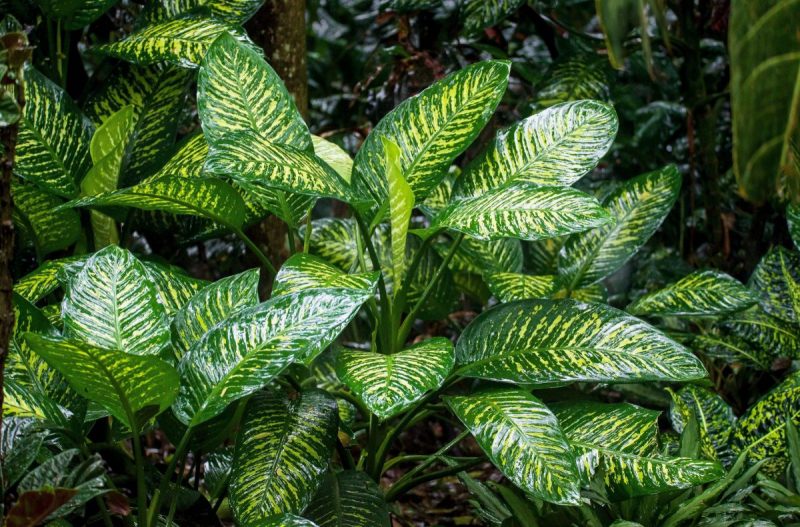
Aglaonema ( Aglaonema sp. ) is a short-stemmed shrub plant native to Malaysia. In most countries, it is found as a houseplant. It decorates the room with its lanceolate green leaves with silvery-white, cream-colored, or dark green stripes. The inflorescence is shaped like a spike, it produces red berry-shaped fruits, and mature plants can reach heights of up to 1 meter.
Species and varieties
Aglaonema pictum – it has sharp and oblong velvety leaves, which can be dark green, with white spots or gray.
Aglaonema ladoum – it has silvery green and olive green leaves.
Aglaonema commutatum can reach heights of 40-60 cm. The leaves are oval, elongated, sharp at the tip, green or slightly gray, with many dark green or cream-white spots. The young plants have stems with many leaves, and as they age they lose their leaves at the base of the stem, creating the appearance of a trunk. This species has several varieties:
- silver queen, with gray leaves;
- silver spear, the leaves are green with gray, transverse spots;
- silver king, has gray leaves with dark green edges and ribs.
Aglaonema trebii is a more stalky species, with elongated and narrow leaves, green-blue, and the center colored in gray-silver.
Aglaonema silver bay does not reach heights higher than 1 m, the leaves have gray spots, and for a long period, it remains bush-shaped. As the plant gets older, the leaves’ color becomes darker and loses its shine. It is a variety with high resistance to low temperatures.
Aglaonema friedman the leaves are large, with wavy and green edges that have silver spots in the middle.
Aglaonema valentine is a slow-growing, pink plant with dark green spots. This species can reach a height of 75 cm.
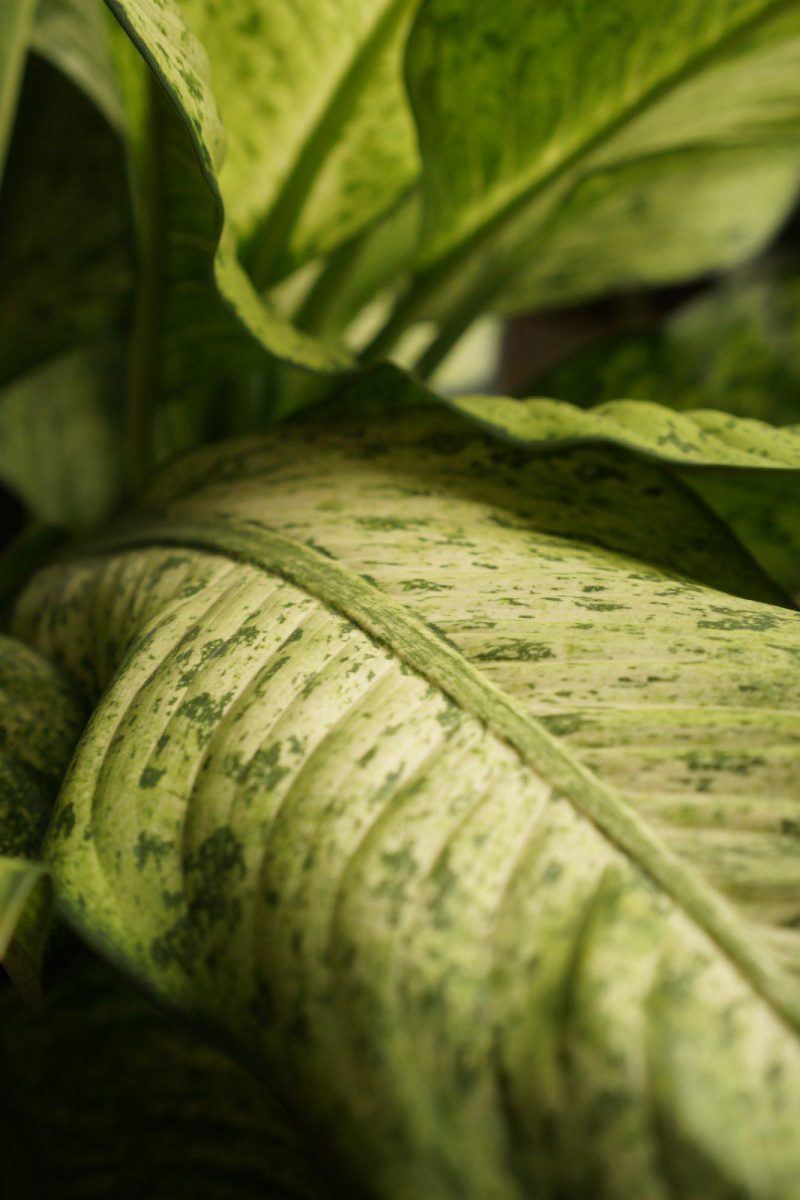
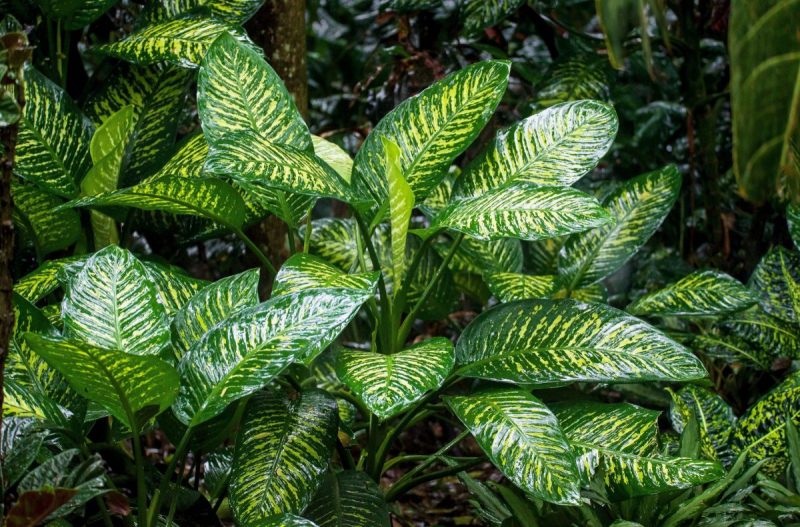
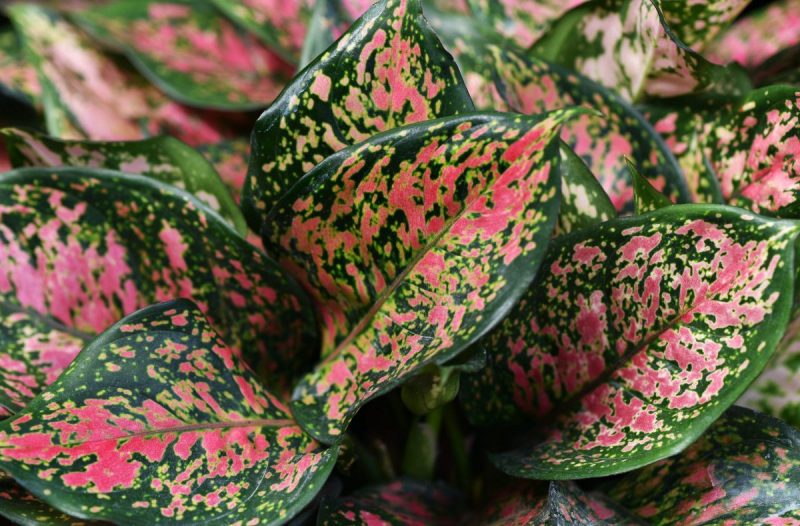
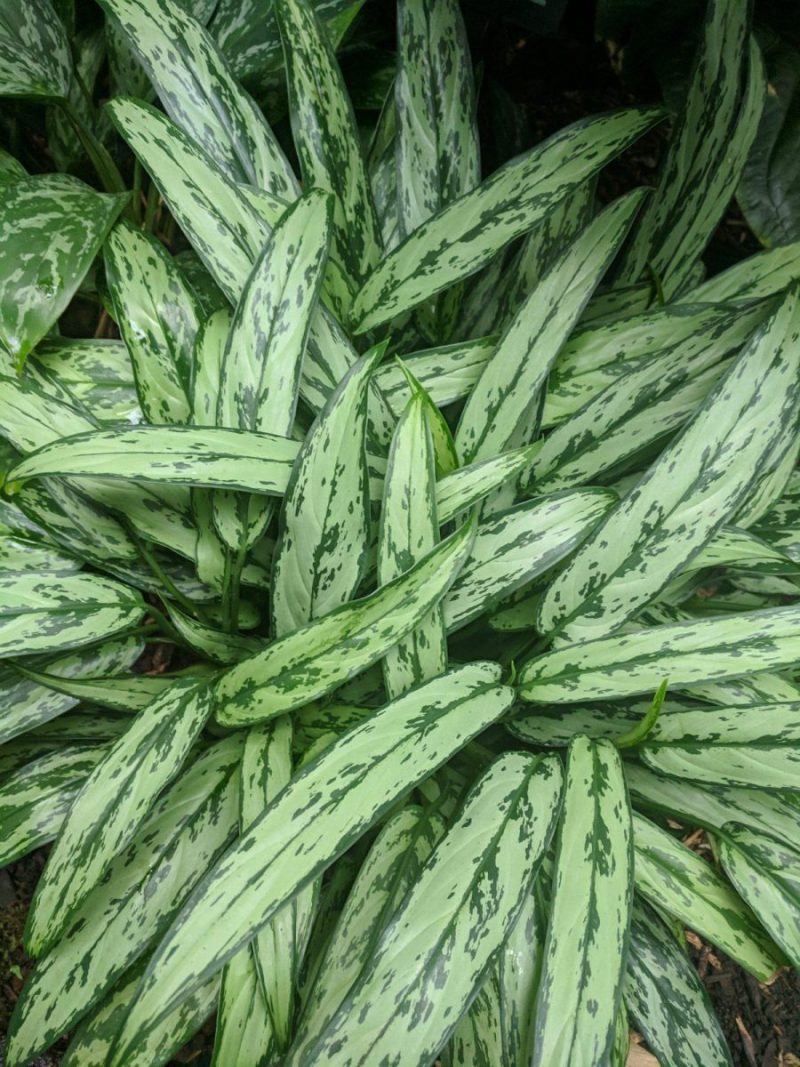
Environmental conditions
Light. Aglaonema prefers bright places, but away from the direct action of sunlight. It can also thrive indoors, in dark rooms, such as in hallways, where natural light does not enter.
Temperature. It is a tropical plant, so it is sensitive to low temperatures. The basal leaves discolor and fall if exposed to temperatures below 10° C. It is recommended that during winter, the plants benefit from dormancy through a slight decrease in temperature, and, implicitly, in the amount of water administered, given the fact that the light intensity is lower compared to the summer.
Humidity. It prefers high humidity, but it is sensitive to excessive heat and humidity.
Substrate. Aglaonema prefers a porous substrate, with an acidic pH and a good drainage capacity.
Recommended products
-
You can find products on a different store
Change Store -
You can find products on a different store
Change Store -
You can find products on a different store
Change Store -
You can find products on a different store
Change Store -
You can find products on a different store
Change Store -
You can find products on a different store
Change Store -
You can find products on a different store
Change Store -
You can find products on a different store
Change Store -
You can find products on a different store
Change Store -
You can find products on a different store
Change Store -
You can find products on a different store
Change Store -
You can find products on a different store
Change Store -
You can find products on a different store
Change Store -
You can find products on a different store
Change Store -
You can find products on a different store
Change Store -
You can find products on a different store
Change Store -
You can find products on a different store
Change Store -
You can find products on a different store
Change Store -
You can find products on a different store
Change Store -
You can find products on a different store
Change Store -
You can find products on a different store
Change Store -
You can find products on a different store
Change Store -
You can find products on a different store
Change Store -
You can find products on a different store
Change Store
Watering
It is done regularly throughout the warm season with room temperature water because cold water can cause the leaves to fall. In winter, given the fact that the light intensity is lower, smaller amounts of water should be administered and the substrate should be allowed to dry before watering again.
Fertilization
It should be done regularly, once a month, with fertilizers specially created for decorative plants. In the summer, it can be fertilized twice a month.
Recommended products
-
You can find products on a different store
Change Store -
You can find products on a different store
Change Store -
You can find products on a different store
Change Store -
You can find products on a different store
Change Store -
You can find products on a different store
Change Store -
You can find products on a different store
Change Store -
You can find products on a different store
Change Store -
You can find products on a different store
Change Store -
You can find products on a different store
Change Store -
You can find products on a different store
Change Store -
You can find products on a different store
Change Store -
You can find products on a different store
Change Store -
You can find products on a different store
Change Store -
You can find products on a different store
Change Store -
You can find products on a different store
Change Store -
You can find products on a different store
Change Store -
You can find products on a different store
Change Store -
You can find products on a different store
Change Store -
You can find products on a different store
Change Store -
You can find products on a different store
Change Store -
You can find products on a different store
Change Store -
You can find products on a different store
Change Store -
You can find products on a different store
Change Store -
You can find products on a different store
Change Store
Repotting
It should be done when the plant is too big for the pot in which it is placed. This procedure is recommended to be done in spring, at an interval of 1 – 3 years, as the plant has relatively slow growth.
Propagation
It is done through air layering, bush-dividing, or cuttings from the top or from sections of the stem, which are then rooted in the warm substrate.
Recommended products
-
You can find products on a different store
Change Store -
You can find products on a different store
Change Store -
You can find products on a different store
Change Store -
You can find products on a different store
Change Store -
You can find products on a different store
Change Store -
You can find products on a different store
Change Store -
You can find products on a different store
Change Store -
You can find products on a different store
Change Store -
You can find products on a different store
Change Store -
You can find products on a different store
Change Store -
You can find products on a different store
Change Store -
You can find products on a different store
Change Store -
You can find products on a different store
Change Store -
You can find products on a different store
Change Store -
You can find products on a different store
Change Store -
You can find products on a different store
Change Store -
You can find products on a different store
Change Store -
You can find products on a different store
Change Store -
You can find products on a different store
Change Store -
You can find products on a different store
Change Store -
You can find products on a different store
Change Store -
You can find products on a different store
Change Store -
You can find products on a different store
Change Store -
You can find products on a different store
Change Store
Recommended products
-
You can find products on a different store
Change Store -
You can find products on a different store
Change Store -
You can find products on a different store
Change Store -
You can find products on a different store
Change Store -
You can find products on a different store
Change Store -
You can find products on a different store
Change Store -
You can find products on a different store
Change Store -
You can find products on a different store
Change Store -
You can find products on a different store
Change Store -
You can find products on a different store
Change Store -
You can find products on a different store
Change Store -
You can find products on a different store
Change Store -
You can find products on a different store
Change Store -
You can find products on a different store
Change Store -
You can find products on a different store
Change Store -
You can find products on a different store
Change Store -
You can find products on a different store
Change Store -
You can find products on a different store
Change Store -
You can find products on a different store
Change Store -
You can find products on a different store
Change Store -
You can find products on a different store
Change Store -
You can find products on a different store
Change Store -
You can find products on a different store
Change Store -
You can find products on a different store
Change Store
Diseases and pests
Aglaonema is sensitive to the attack of Botrytis cinerea fungus. Among the pests, the most common are scale bugs and mites.
Recommended products
-
You can find products on a different store
Change Store -
You can find products on a different store
Change Store -
You can find products on a different store
Change Store -
You can find products on a different store
Change Store -
You can find products on a different store
Change Store -
You can find products on a different store
Change Store -
You can find products on a different store
Change Store -
You can find products on a different store
Change Store -
You can find products on a different store
Change Store -
You can find products on a different store
Change Store -
You can find products on a different store
Change Store -
You can find products on a different store
Change Store -
You can find products on a different store
Change Store -
You can find products on a different store
Change Store -
You can find products on a different store
Change Store -
You can find products on a different store
Change Store -
You can find products on a different store
Change Store -
You can find products on a different store
Change Store -
You can find products on a different store
Change Store -
You can find products on a different store
Change Store -
You can find products on a different store
Change Store -
You can find products on a different store
Change Store -
You can find products on a different store
Change Store -
You can find products on a different store
Change Store
Recommended products
-
You can find products on a different store
Change Store -
You can find products on a different store
Change Store -
You can find products on a different store
Change Store -
You can find products on a different store
Change Store -
You can find products on a different store
Change Store -
You can find products on a different store
Change Store -
You can find products on a different store
Change Store -
You can find products on a different store
Change Store -
You can find products on a different store
Change Store -
You can find products on a different store
Change Store -
You can find products on a different store
Change Store -
You can find products on a different store
Change Store -
You can find products on a different store
Change Store -
You can find products on a different store
Change Store -
You can find products on a different store
Change Store -
You can find products on a different store
Change Store -
You can find products on a different store
Change Store -
You can find products on a different store
Change Store -
You can find products on a different store
Change Store -
You can find products on a different store
Change Store -
You can find products on a different store
Change Store -
You can find products on a different store
Change Store -
You can find products on a different store
Change Store -
You can find products on a different store
Change Store
In addition:
- excess water, draughts and cold can cause yellowing and leaf fall, slow growth and rotting of the plant base.
- prolonged exposure to sunlight can cause leaf burns which lead to brown spots.
- dry indoor air can cause browning of leaf tips.















































































































































































































































































































































































































































